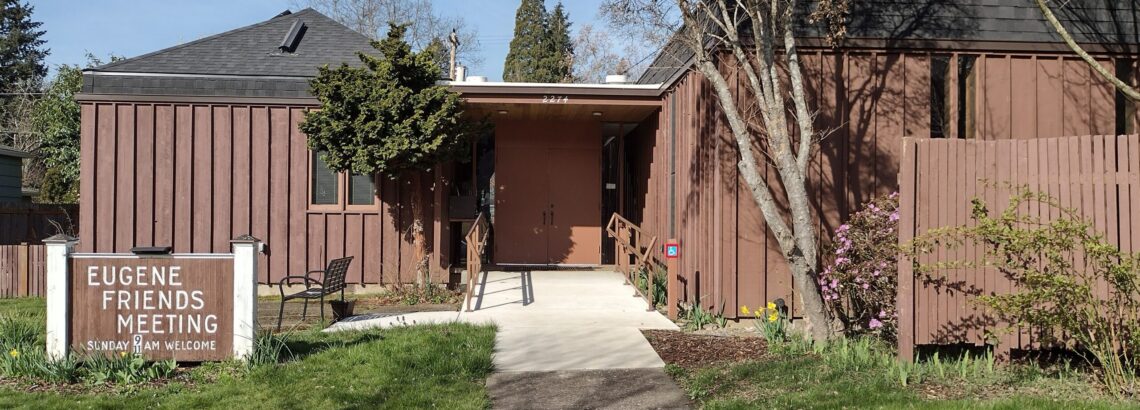
I talked about intact forests last week, but we hear more about old-growth forests in Oregon.
Oregon Wild says, “generally speaking, old growth means a forest that has not undergone any major unnatural changes (such as logging) for more than 100 to 150 years, contains a diversity of tree species and structures, and provides a home for a diversity of wildlife species. Natural disturbances like fire or disease often leave patches of dead snags or down trees in these forests, as well as diverse young vegetation growth.”
In Oregon, we have ancient old-growth, such as the 600 to 1000-year-old cedar groves in the Big Bottom area of the Clackamas River, and younger old-growth, such as the 100-150 year old stands found in parts of the Willamette National Forest. Our largest areas of intact forest are in the Willamette National Forest and the Wallowa-Whitman National Forest; these intact forests might have old-growth, but they might also have younger growth that has been protected from logging and other resource extraction.
Old-growth forests are more efficient at sequestering carbon than younger forests and fast-growing timber plantations. But old-growth is also valuable for economic reasons, and much of the old-growth that survives in Oregon is found on US Forest Service and Bureau of Land Management lands that are still actively targeted for logging.
This year, federal land managers have been directed to increase protections for carbon rich mature and old growth forests, and they are in the midst of rule making processes. But despite this, some controversial logging projects that began during the Trump administration are going forward. (One is the “N126” BLM project, located west of Eugene, which is set to commercially log over 25,000 acres in 30-130 year old Late-Successional Reserve forests north of Highway 126, specifically set aside for spotted owl habitat and old growth characteristics, under the Northwest Forest Plan.)
What we can do:
1. Educate ourselves about our beloved Oregon forests and which ones need protecting.
2. Encourage our elected officials to support protection of old growth forests in Oregon, and increase funding for conservation, natural resource management, and scientific research.
3. Volunteer with or donate to a local land trust (such as the Mckenzie River Trust) or recreation area (such as Buford Park). They often need help with trail maintenance, invasive species removal, and other tasks, and always need money for land purchases, management, and operating expenses.
4. Get involved in grassroots campaigns (such as the Pacific Northwest Forest Climate Alliance, which has several working groups that research, write, and lobby, and even visit and document forests slated for logging.)
More information:
Eugene Weekly: Locked Down for Old Growth Forests.
OSU Extension podcast: In the Woods – Stories and interviews of forest scientists, land managers, and enthusiastic members of the public.


